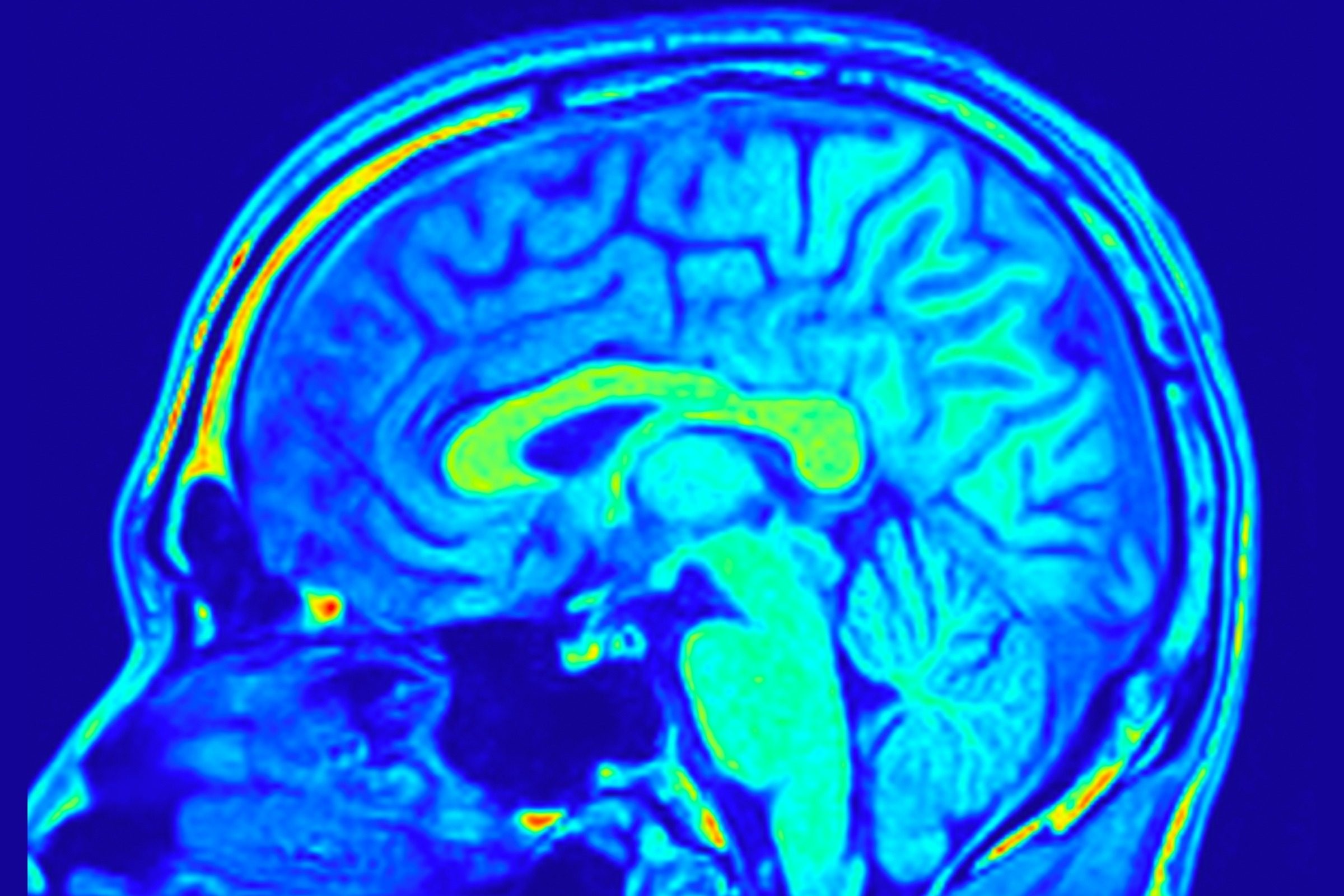The human brain continues to surprise scientists. From how it learns to the fact that our brains glow, there’s a lot we have yet to learn about the inner workings of the human brain. One especially surprising thing, though, is that the brain doesn’t appear to see exactly what you see. Instead, scientists say the brain sees what it expects to see.
The brain interprets what happens next

According to scientists, the way that the brain interprets the data our eyes send it is very intriguing. Instead of waiting to see exactly how a scene plays out, your brain actually predicts what will happen. So, for instance, if you see a friend reaching for a pot, your brain interprets that their hand will reach the pot and grab onto the handle.
In most cases, it’s correct. Though, of course there can always be split section changes, which can result in how the brain sees not quite adding up to what really happens. The basis of this phenomenon is driven by what researchers call the action observation network, or AON. This is a set of brain regions that become active whenever you watch someone else interact with something.
This setup has been confirmed by scientists over the course of decades, using snippets of data captured from a multitude of different lab tests. But those snippets, usually one- to two-second videos, don’t show the entire picture. That’s why a more recent study published in Cell Reports is based on research that wanted to dig deeper. More specifically, with this new research, the scientists wanted to answer whether or not the pipeline of information changes when the viewer can already forecast the next step in the process.
Putting the idea to the test

To test this, and to test how the brain actually sees, the researchers set up two different versions of everyday scenes. In the natural scene, the actions played out exactly as expected. However, in the second scene, they scrambled the clips and then had volunteers watch both while recording their brain activity. Some of the participants were already implanted with intracranial electrodes for medical monitoring, too, so they were also able to capture electrical signals found deep inside the cortex with extreme precision.
The researchers found that the brain worked exactly as expected when the order of clips in the scene made sense. The data even showed that when the brain could forecast what would happen next, it actually used its visual areas less. However, when the more jumbled cut played out, the data showed how the brain sees changes is based on whether or not it can properly forecast what will happen next.
Since the clips were more jumbled and out of order, the brain couldn’t properly determine what the next step in the process was, leading to more activity in other areas of the brain. These results also hint that our motor memories could play a prime role in how our brain handles the data that our eyes feed to it. Essentially, our brains use memory to see.
While the entire idea here might seem a bit silly and even risky, the fact that the brain doesn’t need to use its full power to see how a scene will play out is a prime example of just how efficient the human brain is. There’s a reason that scientists are looking for ways to use brain cells in computers, because the brain is extremely efficient and powerful.
The post Turns out the human mind sees what it wants to see, not what you actually see appeared first on BGR.




